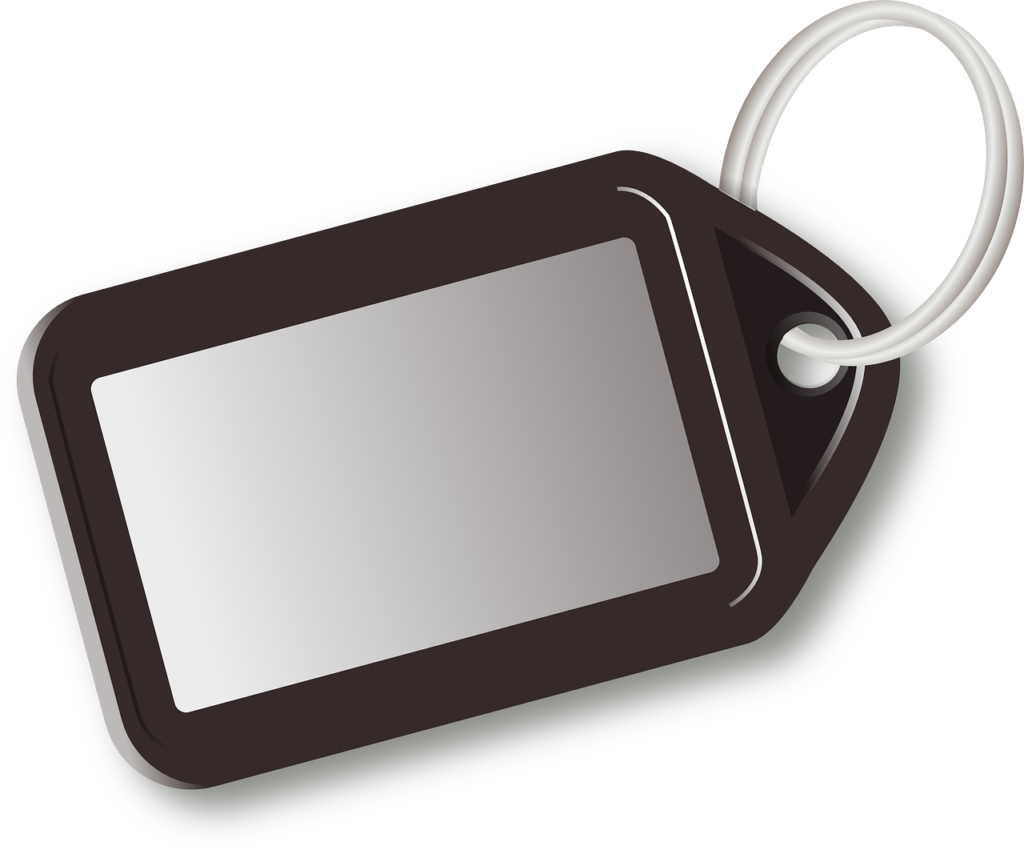It emerged before Pinterest, and the micro-blogging platform Tumblr continues to be a preferred medium for brands to connect with their customers, ordinary people to connect with each other and special interest groups to connect with their peers.
Tumblr is primarily image-based but does provide ample opportunities for text and commentary to be added to its content, making it a versatile tool for engaging with audiences.
The network is well-loved by its user base, but people often find it difficult to get started with. Here’s some advice to microblogging success.
1. Have an Entry Strategy
While it’s perfectly acceptable to use Tumblr as a tool for spilling random thoughts into the blogosphere, you won’t get the most out of this platform, if that’s all you do.
Take some time to consider your interests, and pick a subject or subjects that really interest you. Then come up with a plan for how you’ll share your ideas and enthusiasm for those subjects: a set of titles for blog posts, relevant images and videos you might use, etc.
2. Be Topical and Specific
Blogs that concentrate on a specific niche or subject area tend to be more successful, on Tumblr. You’ll likely be talking about it a lot, so be sure you pick a subject that actually interests you – and one that you know a fair bit about, or are willing to explore deeply (while taking your audience with you on your journey of discovery, of course).
It’s possible to host a number of different blogs, under your one account. So if you have a lot of special interest areas, be sure to create a unique environment for each target audience or niche.
Other users on the network may be covering the subject areas you want to tackle. It’s a judgement call on your part, as to whether you create your own blog in competition, or act as a contributor to someone else’s blog. In any case, your goal should be to become a recognised authority or “Go To” resource, in that subject.
3. Tag With Care
Adding tags to your blogs is essential to being discovered, on Tumblr. There are communities on Tumblr, which build up around niche subjects – and they each have certain phrases or keywords that are characteristic to them.
You can do some research to identify trending keywords in your chosen subject area. Then use around 5 keywords or phrases to tag each of your posts. These will put you on the map, and also help you keep track of the material you’ve put out, already.
4. Appearances Matter, So…
Choose a visual theme that goes with the subject you’ve chosen to cover. And don’t neglect filling out your personal profile, and providing a memorable user portrait.
A lot of Tumblr posts are mainly visual: video clips, animated gif images, or audio. If you’re using multimedia, be sure to add some text to describe what you’ve shown (along with the relevant tags), so that your content will appear in more searches.
5. Be Easy to Find
Tumblr is distinct as a micro-blogging platform in the fact that your blogs don’t have to be microscopic. Full-length articles may be posted, and it’s also standard practice to “reblog” content you consider worthwhile from other users, or even other networks like Facebook.
Reblogging of content is one quick way of getting noticed – and if you want your own work to be shared around, then you’ll have to make sure that people can find you.
As well as having a visual theme that can be readily associated with you or your brand, you’ll need to provide enough information to let other users know what your blog is all about. You should also specify the options they have for commenting on your posts, or contributing content of their own.
6. Reach Out
Social media platforms are all about being social. So get out there, and engage with your fellow users!
Reblog content from other contributors that interest you, post memorable comments where you’re able, and follow users whose content engages you. Chances are, they’ll pay you back, in kind.
Note that not all Tumblr themes support the addition of comments using Disqus, so be sure to pick one that does, if you’re throwing your content open for discussion.
7. Be Active
There’s no hard and fast rule on how often you should post, but you’ll need to be putting stuff out there on a regular and fairly frequent basis. It’s a time-consuming process, so be sure to make Tumblr posting a part of your “To Do” list. There’s a scheduling tool on the Tumblr Dashboard, so you can queue up a number of posts for release on future dates.
And be active on the social front, too. Follow, comment, and reblog.
Bear in mind that it will take some time before your Tumblr blog builds up the kind of following you’re looking for. Be patient, and keep posting.
8. Keep Your Eyes Open
Keep an eye on what’s trending, and those keyword searches. This may throw up fresh ideas for the branding of your own blog posts – and yield material for reblogging of content from emerging trend-setters.
You’ll probably have to install a plug-in like Google Analytics, to get statistics for how many people are visiting your blog. But numbers are less important than getting your content out there, and being engaged in the community.
9. Spread the Word
Tumblr features integration with other social platforms, so you can set your Dashboard to automatically tweet the link to any new posts, or publicise them on your Facebook page.
The site also allows you to assign custom URLs (Web addresses) to each post. So it’s possible to re-route traffic from your website to your posts on Tumblr.
There’s also an internal “fanmail” feature, where you can connect directly with other Tumblr bloggers – and increase the odds of their wanting to connect with you.
10. Use the Available Tech
The Tumblr Dashboard is your friend – so use it to optimise the settings for your posts, and to monitor what’s going on around you.
Add the latest gadgets to your theme, schedule your posts for the month, and use the “Explore” function to seek out posts and images that inspire you.
And remember to have fun. Tumblr is all about enthusiasm and energy, so if you’re not enjoying the experience, you’ll be losing out. Now, go forth and tumble.
Get more leads, make more sales, grow your brand faster.








